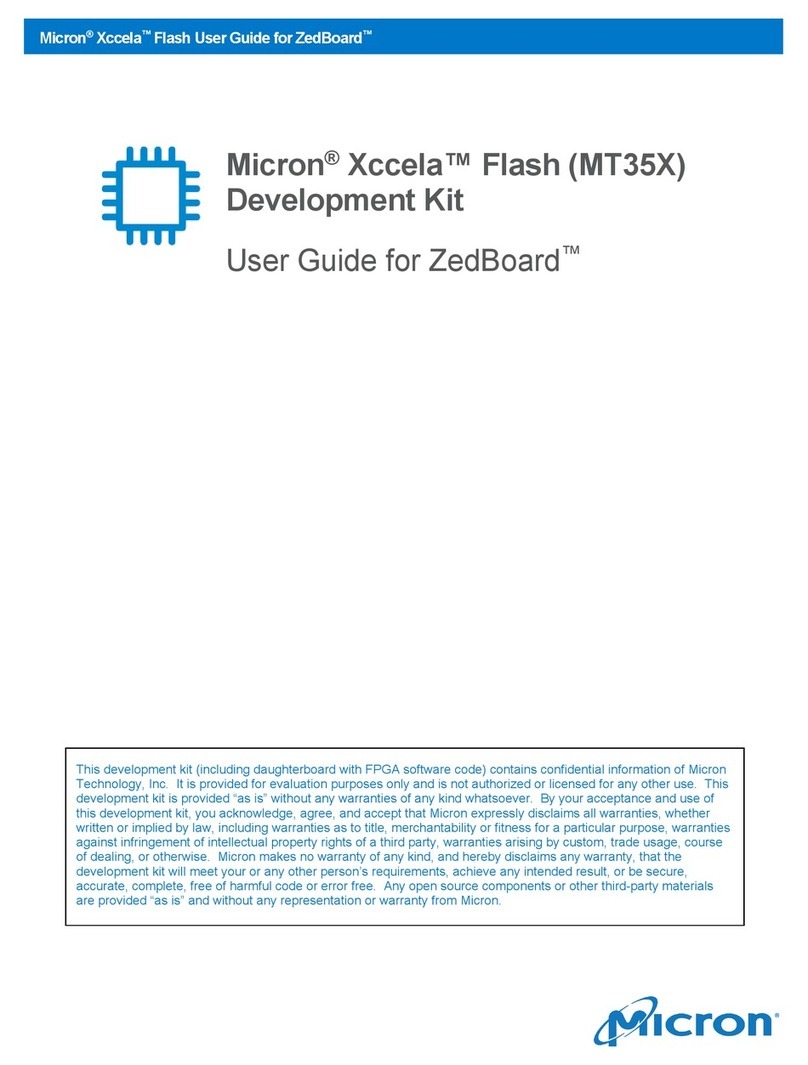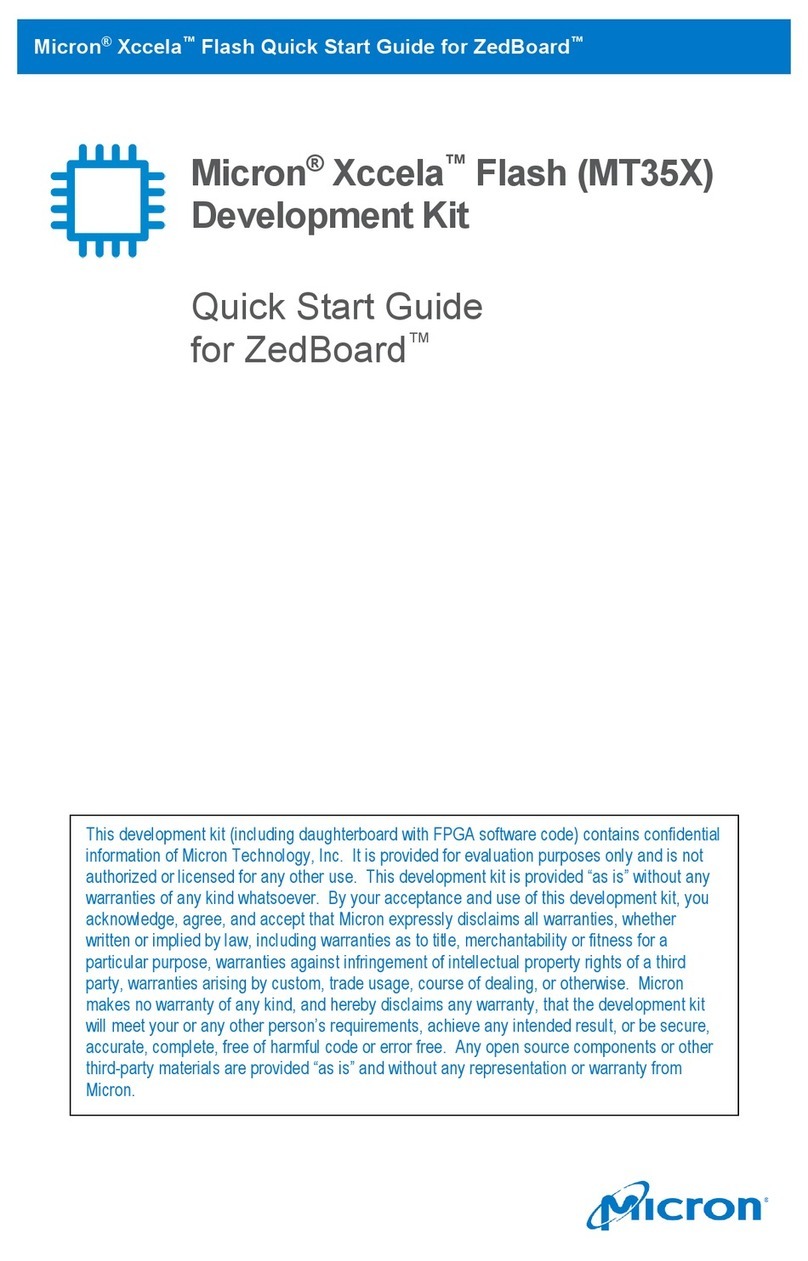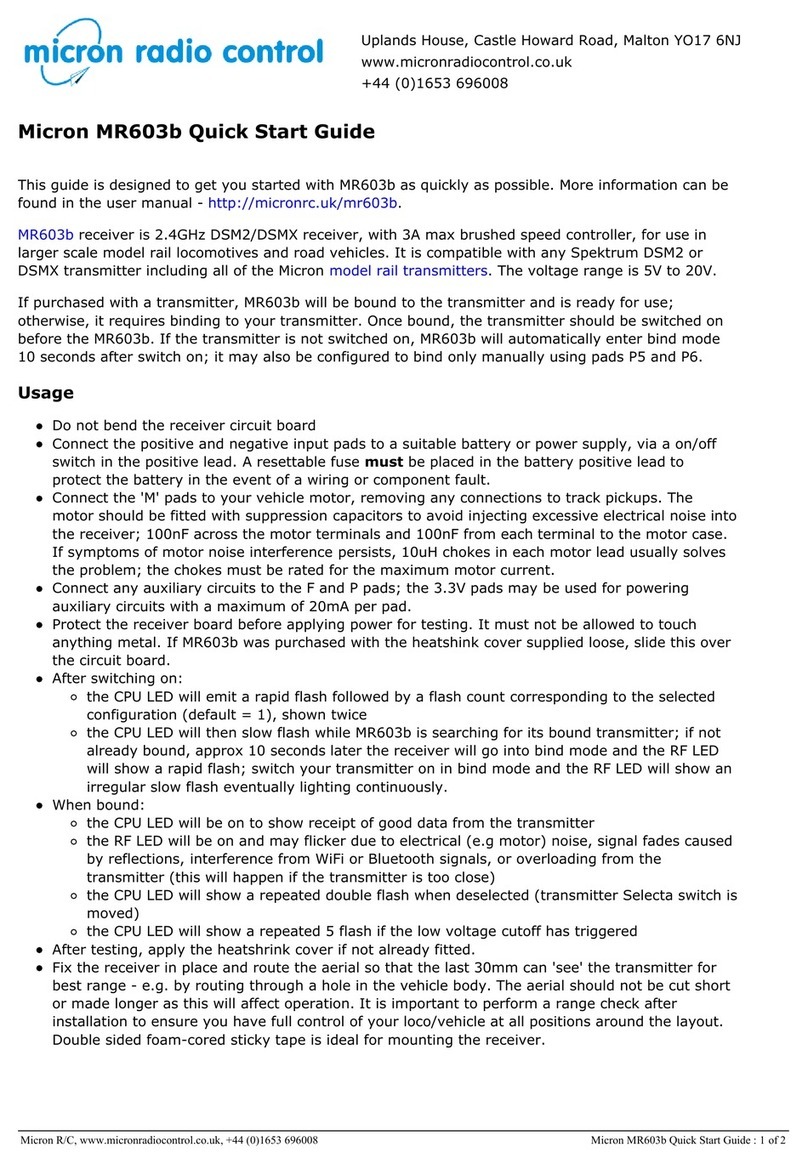When the last level for a sequence has been accepted, the CPU LED will light continously and the receiver is
back in normal operating mode. The maximum number of levels is 5, but not all sequences use all 5; if level
5 in the table is blank, the CPU LED will light continously after level 4 is accepted.
Programming changes are accepted only when the CPU LED lights solid at the end of the sequence. If a
mistake is made mid way through a sequence, switch the receiver off to abort.
Programming Examples
These examples assume MR603 is in as-received configuration and a Micron transmitter with toggle switch on
R/C channel 3. Tx24v2 transmitters have a variable control on R/C channel 3 - the Reverser; the equivalent
actions are:
Action Tx with toggle switch Tx24v2 type transmitter
Increment flash count: toggle down Reverser fully CCW (reverse) and back to centre
Accept flash count: toggle up Reverser fully CW (forward) and back to centre
1. Set P4 as servo on R/C channel 7
program sequence: 2, 4, 1, 6
enter programming mode
LED shows 1-flash (level 1, 1=ESC)
toggle down and release once, LED shows 2-flash (level 1, 2=servo)
toggle up and release, LED shows 1-flash (level 2, 1=P1)
toggle down and release 3 times, LED shows 4-flash (level 2, 4=P4)
toggle up and release, LED shows 1-flash (level 3, 1=servo)
toggle up and release, LED shows 1-flash (level 4, 1=R/C chan 1 - P4 was prevously a momentary
on/off output)
toggle down and release 6 times, LED shows 7-flash (level 4, 7=R/C chan 7)
toggle up and release, LED shows 1-flash (level 5, 1=normal speed)
toggle up and release, LED lights continously and servo on P4 responds to R/C channel 7
2. Reverse servo on P4
program sequence: 2, 4, 7, 1
enter programming mode
LED shows 1-flash (level 1, 1=core)
toggle down and release once, LED shows 2-flash (level 1, 2=servo)
toggle up and release, LED shows 1-flash (level 2, 1=P1)
toggle down and release 3 times, LED shows 3-flash (level 2, 4=P4)
toggle up and release, LED shows 1-flash (level 3, 1=normal servo)
toggle down and release 6 times LED shows 7-flash (level 3, 7=adjust servo
toggle up and release, LED shows 1-flash (level 4, 1=reverse servo direction)
toggle up and release, LED lights continously and servo on P4 rotates in the opposite direction
3. Set D/F4 as momentary on/off output, on when R/C channel 4 is low
program sequence: 3, 10, 1, 4, 1
enter programming mode
toggle down and release 2 times, LED shows 3-flash (level 1, 3=On/Off Configuration)
toggle up and release, LED shows 1-flash (level 2, 1=P1)
toggle down and release 9 times, LED shows 10-flash (level 2, 10=F4/D)
toggle up and release, LED shows 1-flash (level 3, 1=momentary)
toggle up and release, LED shows 1-flash (level 4, 1=R/C chan 1)
toggle down and release 3 times, LED shows 4-flash (level 4, 4=R/C chan 4)
toggle up and release, LED shows 1-flash (level 5, 1=idle off, on when ch is low)
toggle up and release, LED lights continously and D/F4 switches on when Tx20v2 F2 or Tx22X S2
are pressed)
The programming table for MR603 can be found at micronrc.co.uk/mr6xx_progtable.
Servo Throw Adjustment
Servo throws (low and high end points) can be configured using a bound transmitter, the servo centre
position will always be at the mid-point of the low and high travel. To adjust a servo, the servo output is
selected first and then the travel adjusted using either the throttle control or direction toggle if the throttle
servo is being adjusted.
The steps below assume a Micron transmitter is being used. If the transmitter is an aeroplane type stick
transmitter then the elevator stick corresponds to the direction toggle.






























